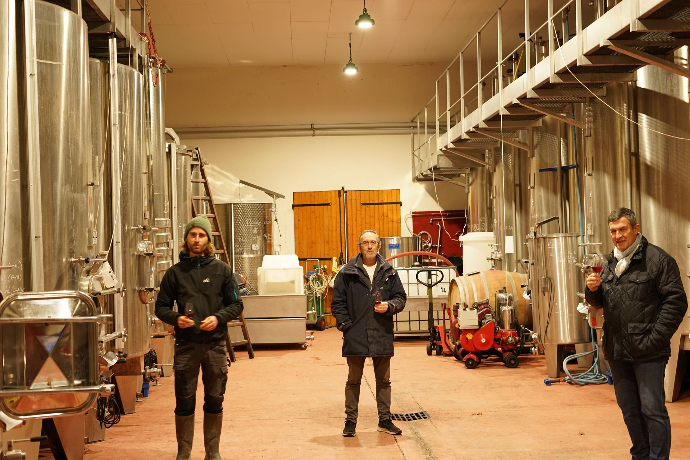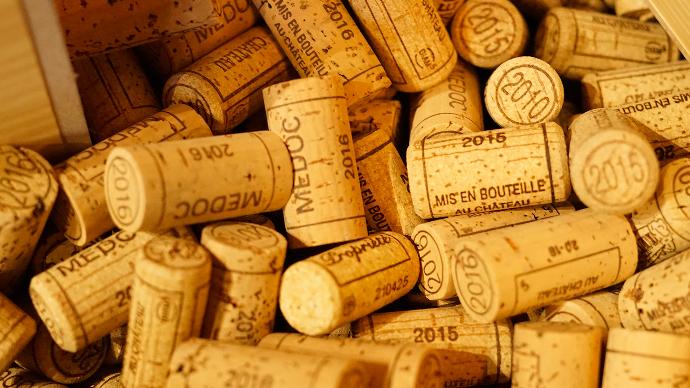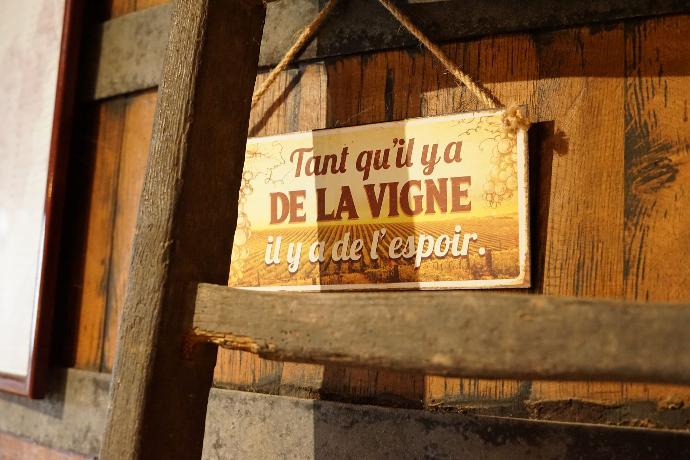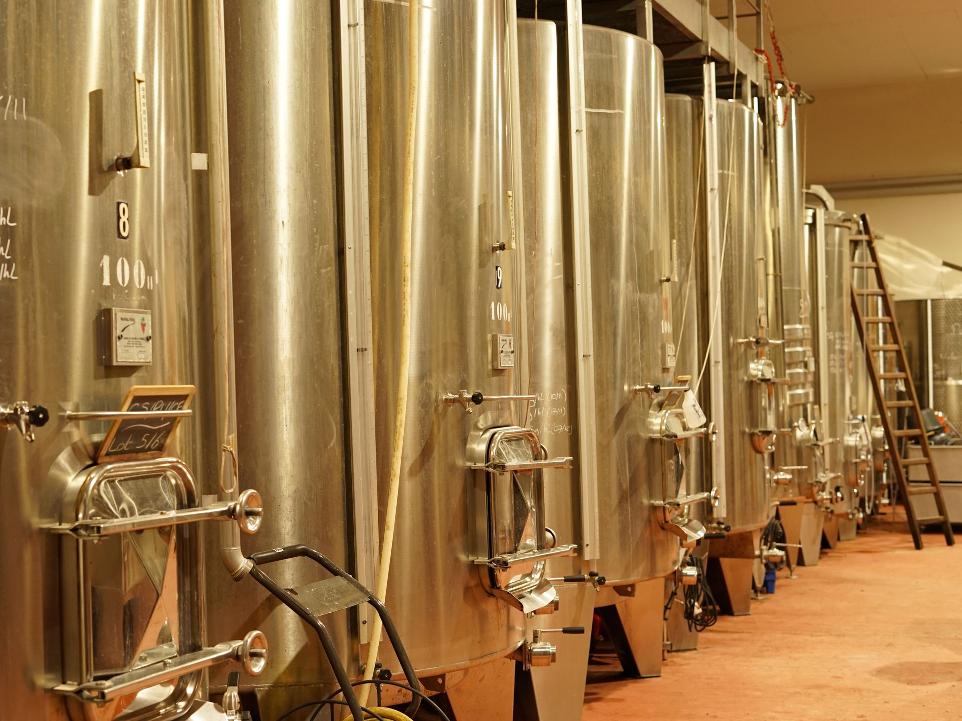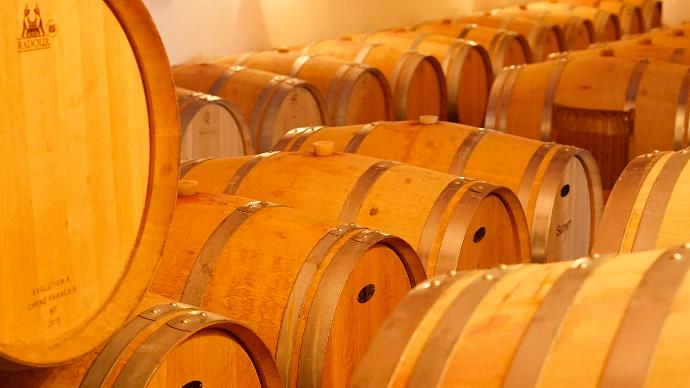Our history
Château David's owner is Thierry Kerdreux, a wine lover. He has been striving since 2015 to liven the domain up, while leading a perpetual quest for perfection.
The oenologist Ludwig Vanneron has been working for many years in the Château. Thus, he perfectly knows the terroir and gives valuable advice for the winegrowing. Thanks to his experience and knowledge, he also contributes efficiently to the winemaking process.
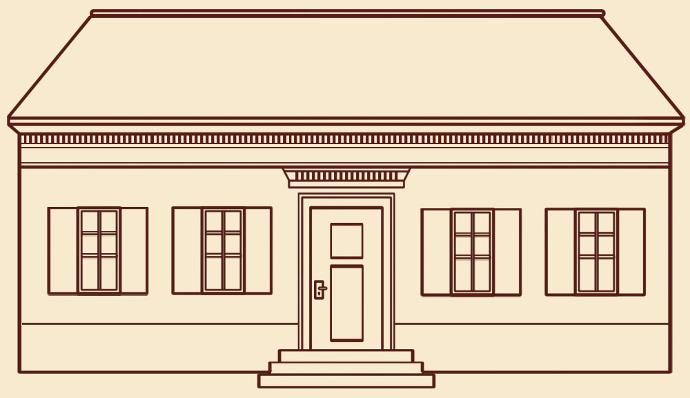
Château David employees are devoted and share common values : love of wine, respect of the environment and the will to create high-quality wines.
Located between the Atlantic ocean and the Gironde's estuary, the Château Davis's 18 hectares benefit from clement and temperate climate. This particular weather gives a specific flavour to Cabernet Sauvignon, the most famous Medoc grape variety, which blended exquisitely with Merlot and others such as Cabernet Franc, Malbec and Petit Verdot.
L’arrivée de Thierry Kerdreux a modifié les pratiques viticoles pour les orienter vers une viticulture plus raisonnée (sans glyphosate). Les vendanges se font de manière mécanique. Suivant le millésime et le cépage, la fermentation s’étale sur une moyenne de 3 semaines dans des cuves thermos-régulées. Au chai, l’élevage est réalisé dans des fûts de chêne sur une durée d’environ 18 mois; ces barriques sont régulièrement renouvelées.
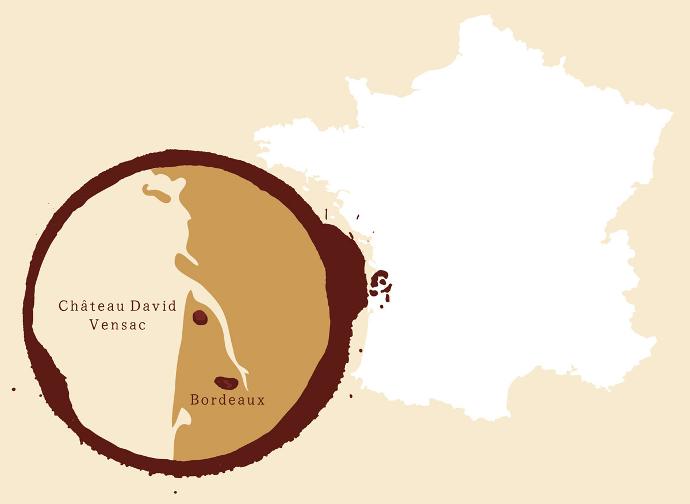
Le terroir de Château David
Medoc is one of the most famous wine-growing regions of Bordeaux. Indeed, some of the biggest wine estates of Bordeaux are settled in this particular area, located between the Gironde estuary and the Atlantic Ocean, which creates an oceanic and tempered climate.
Medoc region is a rainy area all year long and storms happen quite frequently in summer and fall. Summers are hot. The vineyard is close to the estuary. It is protected by two water areas and the Landes forest, covered with pines. All these meteorological characteristics participate to elaborate a range of unique wines with unrivalled Bordeaux flavours.
Besides, you will surely be amazed by the patchwork of landscapes, from Bas-Medoc marshes to the Landes beaches, not forgetting the several ponds, such as Lacanau and Hourtin.
After visiting the Medoc vineyards, you should also discover the various and rich cultural heritage of the region.
Finally, if you are keen on outdoor activities, you will enjoy pedestrian and cycle paths, linking Landes forest to Verdon, and surfing in the Ocean.
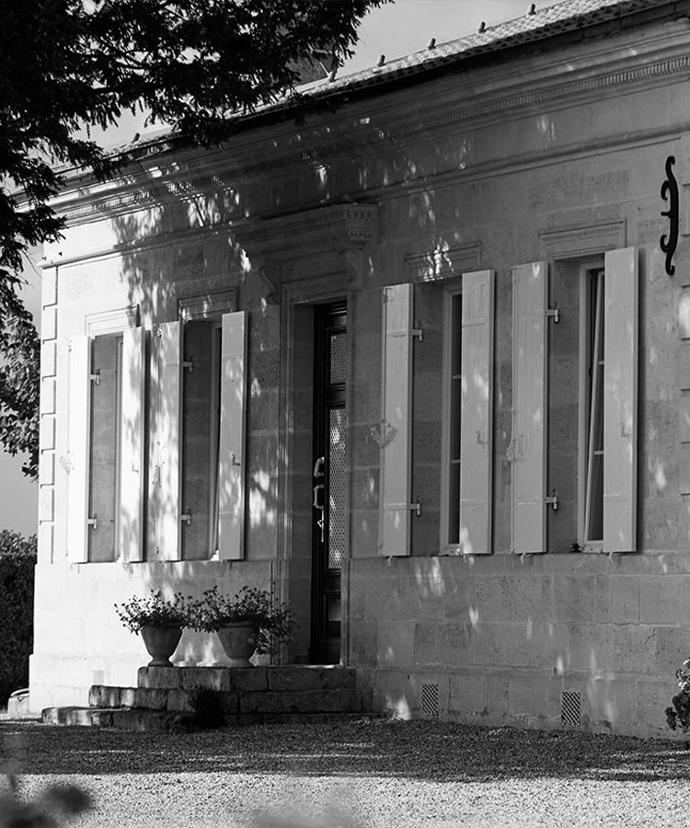
Responsible farming
Château David's main concern is to adopt a responsible attitude regarding the growing and making process of our products, to create high-quality wines.
Our aim is to stop using phytosanitary products. We already have decreased our consumption by using them more consciously. We also pay attention to limit flow and erosion, by covering the soil with grass in order to protect grapes and soils naturally. All these efforts are made to ensure better production, and to protect consumer health and the terroir.
Responsible farming and improving the wine-making process are the main challenges of Château David, engaged for a better future.
Life in the Cellar
In a winery, the whole wine-making process takes place in the cellar, from harvest arrival to bottling.
Our cellar is divided in different parts :
- The vinification cellar, also called winery,
- The ageing cellar, in which wine is put in barrels after the fermentation process,
- The wine storehouse where bottles are stocked before the shipment.
Our vatroom allows to produce 1 200 hL per year, that represents 6 "cuvées" from our vineyards. Depending on the vintages, the ageing process will be done in stainless steel vats or oak barrels.
The vatroom master is in charge of the whole ageing process, from the arrival of the grapes to the bottling. He also oversees the winemaking process, helped by the oenologist :
- He organises and manages operations before the fermentation process.
- He gives valuable advice for vinification and checks the wine evolution.
- Helped by the oenologist, he elaborates the several vintages (blending, filtration, ...).
- He carefully follows the winemaking process and regularly tastes wine to check the good proceedings of the operations.
- He finally coordinates the bottling.
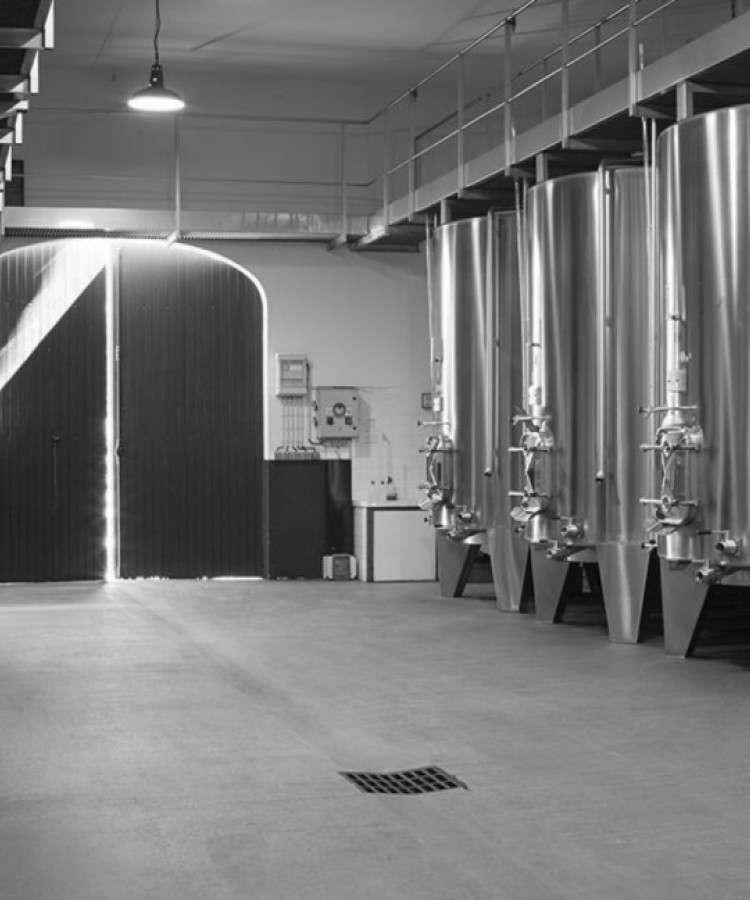
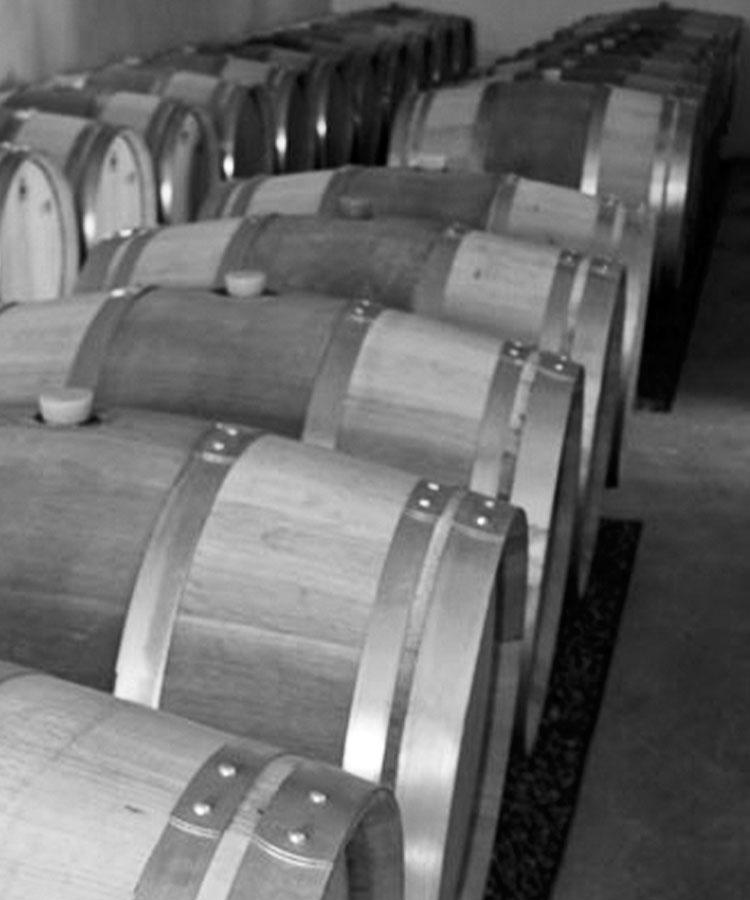
Vinification
Harvest is first sent to a destalking machine, in which stalks of the grapes are removed. Grapes are then crushed into a press to obtain the juice.
Juice, peels and seeds are all put together in the vat : this stage of maceration creates alcohol and extracts first colours, and then tannins and aromas from the skins.
Simultaneously, the grape must starts to ferment thanks to the yeast action. Fermented juice is then separated from peels, seeds and sediments before beginning a new fermentation process.
Wine decantation and stabilisation is the final step of the process.
We obtain single grape variety wines that we taste individually and blend carefully to obtain complex and harmonious wines.
Maturation lasts between 16 and 18 months, depending on the vintage, in stainless steel vats or oak barrels. This operation develops unique and aromatic flavours.
